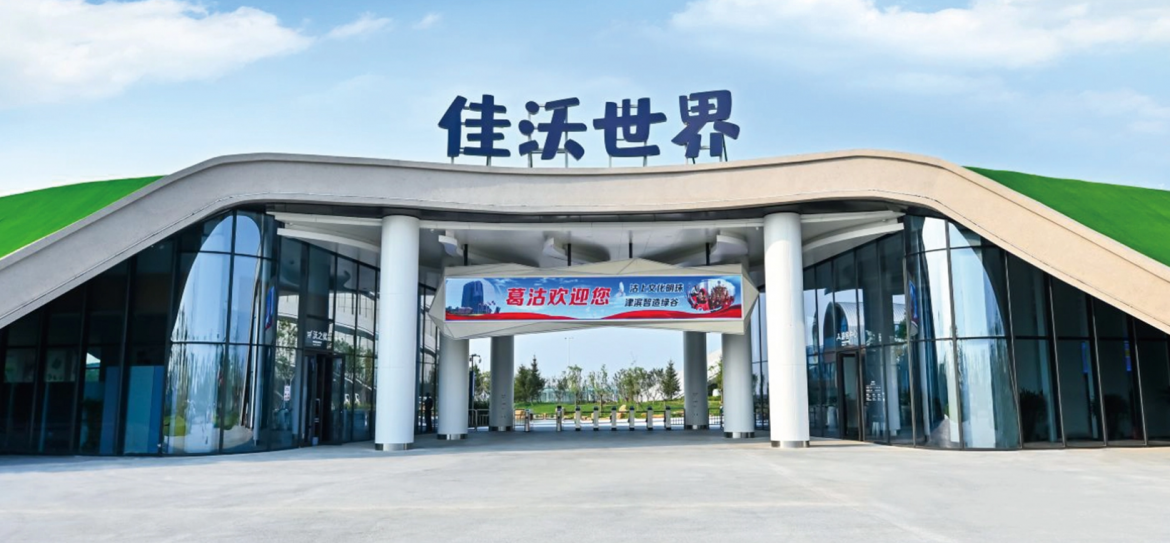Across the world, cities are reshaping how they approach food production and environmental sustainability. Urban farming has become a cornerstone of this transformation, redefining how agriculture interacts with modern life and community wellbeing. Unlike traditional rural practices, it brings cultivation into city environments, utilizing rooftops, community spaces, and vertical structures. This practice not only supports food supply resilience but also contributes to greener urban ecosystems, improved air quality, and better resource utilization. Governments in Europe, North America, and the Middle East are encouraging such initiatives to strengthen local food systems and promote environmental awareness among urban residents.
The Concept of Urban Agriculture
At its core, urban farming refers to growing, processing, and distributing food within or around urban areas. This includes hydroponic and aquaponic systems, rooftop gardens, and even high-tech vertical farms designed for space efficiency. In countries such as Singapore and the United Arab Emirates, where arable land is limited, these modern solutions are essential for sustainable food development and urban self-reliance. Urban agriculture also enhances community engagement, providing opportunities for education, recreation, and small-scale entrepreneurship. It bridges the gap between technology and tradition, helping cities evolve into more resilient, adaptive, and self-sufficient ecosystems for the future.
Integrating Technology with Ecological Design
The success of modern urban agriculture relies on integrating advanced technology with thoughtful ecological design. Companies like 4D Bios are playing an essential role in this process by developing comprehensive plant factory solutions that merge light biology, environmental control, and smart automation. Their systems enable efficient cultivation through LED plant lighting, AI-based monitoring, and automated nutrient management. By adopting industrialized methods, they enhance crop consistency and yield while maintaining ecological balance and minimizing energy consumption. Moreover, their approach extends beyond production efficiency—encouraging sustainable models that support educational, social, and environmental goals simultaneously and foster long-term agricultural innovation.
Conclusion
As cities grow, integrating farming with leisure and education becomes increasingly relevant. The concept of agro-tourism reflects this shift by combining agricultural activities with recreation, cultural experiences, and technology exhibitions. Through this model, communities can explore the connection between food, nature, and innovation in an engaging and meaningful way. 4D Bios contributes to this vision through their Empowering Agro-Tourism initiative, which integrates agricultural showcases, natural landscapes, and smart technology into unified projects that deliver ecological, economic, and social benefits. Their expertise in large-scale plant factory applications positions them as a key partner for experienced clients seeking to expand sustainable urban agriculture practices worldwide. By combining advanced technology, ecological design, and environmental responsibility, they continue to promote the global development of intelligent green ecosystems that inspire the next generation of sustainable cities.


